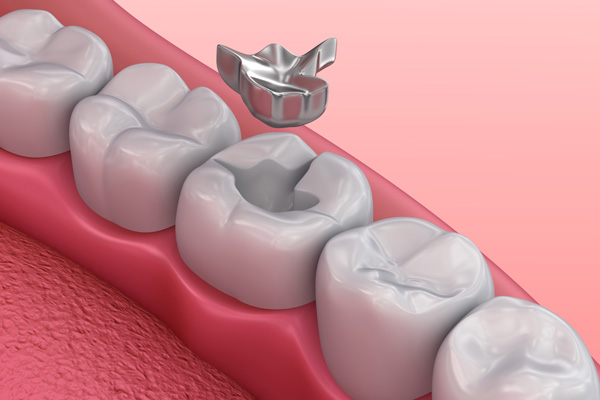 Eating with Invisalign ® aligners will be slightly different from your usual routine, but it is entirely manageable with minor adjustments. We often receive questions about eating with Invisalign, so we have answered the most common ones in this review to help you navigate this aspect of your orthodontic treatment.
Eating with Invisalign ® aligners will be slightly different from your usual routine, but it is entirely manageable with minor adjustments. We often receive questions about eating with Invisalign, so we have answered the most common ones in this review to help you navigate this aspect of your orthodontic treatment.
5 questions and answers about Invisalign
Understanding what patients can and cannot do with Invisalign helps them protect their aligners and avoid costly replacements and setbacks in the treatment process. Here are five answers to common questions about Invisalign treatment.
Can I eat while wearing my Invisalign aligners?
No, patients should not eat with their Invisalign aligners in their mouths. The aligners are not designed to withstand the forces of chewing, and doing so can damage or warp them. Additionally, eating with aligners increases the risk of trapping food particles between the aligners and the teeth, potentially leading to hygiene issues and tooth decay.
Can I drink with Invisalign aligners?
It is generally recommended to avoid drinking beverages other than water while wearing Invisalign aligners. Consuming colored or sugary drinks can stain the aligners and increase the risk of cavities, as they may trap liquid against the teeth.
If a patient does want to consume a beverage other than water, they should remove their aligners, enjoy their drink, and then rinse their mouth before re-inserting the aligners. This practice helps minimize the risk of staining and ensures proper hygiene.
How long can I remove my aligners for meals?
Patients can safely remove their Invisalign aligners for meals and snacks. It is recommended to keep the aligners out of the mouth for a maximum of two hours per day. This provides time for eating and enables patients to enjoy their meals without the restrictions of the aligners.
What should I do after eating?
The first thing that patients should do after finishing their meal and before re-inserting their aligners is brush their teeth. This helps remove food particles and bacteria. They should also rinse the aligners with lukewarm water to remove any residual food particles. Next, they should floss between the teeth to remove any food particles that may be trapped and follow up with a mouth rinse to ensure that the mouth is clean and fresh.
Can I chew gum while wearing my Invisalign® aligners?
Chewing gum while wearing Invisalign aligners is not recommended. Gum can stick to the aligners, making them difficult to clean. Additionally, the repetitive chewing motion may strain or damage the aligners over time. If a patient enjoys chewing gum, they should remove their aligners before doing so. Afterward, they must remember to clean their teeth and aligners before re-inserting them.
Contact us today for more Invisalign® information
Although there are rules for eating, Invisalign is a simple, safe, and effective treatment solution. If you are not entirely satisfied with the alignment of your smile and want to learn more about how Invisalign can help you, contact us today, and schedule a convenient time to come and visit with us.
Request an appointment or call All Smiles Dental Center at 210-714-7429 for an appointment in our San Antonio office.
Recent Posts
Straightening teeth is easy and convenient with Invisalign®. This orthodontic treatment offers a modern alternative to traditional braces, appealing to those seeking comfort, convenience, and discreetness. While Invisalign is highly effective for many, it is not for everyone. Understanding who makes an ideal Invisalign candidate can help patients determine if this treatment aligns with their…
Research shows that Invisalign® is the most effective clear aligner brand on the market. Most patients choose these aligners over traditional braces. This dental straightening system can provide a comfortable and fast treatment. Knowing what the procedure is about can help prepare you for your upcoming Invisalign appointment.This clear aligner system uses flexible, thermoplastic material.…
Are you considering Invisalign®? Read on to learn more about this teeth-straightening option. The path to a beautiful smile, complete with straight teeth, can be life-changing. Using braces to straighten teeth has been the standard practice for decades. However, new orthodontic treatments have emerged as a result of technological advances. One such innovation is Invisalign,…


